


Kemon Open Lab
In the hills of Umbria, not far from our plant, we converted 20 hectares of land to organic farming in 2006. This is how, 12 years ago, we started an extensive experimentation with plants in our “open-air laboratory”, a research activity that still goes on today and has given us unprecedented results for cosmetics.
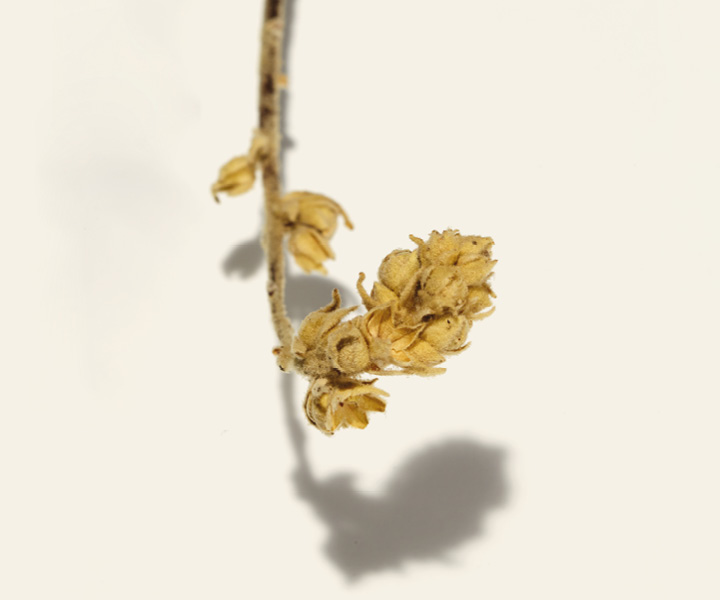


Mullein
Verbascum Densiflorum
Herbaceous plant with an erect and sturdy stalk that grows in dry, uncultivated places, along roads. The dried flowers have a sweet flavour and the fragrance of honey; they contain essential oil, glucosidic dyes, oily and sugary substances. The main active ingredients in mullein are mucilages, saponins and flavonoids. The medicinal parts of the plant are the leaves and flowers, which are dried while in full bloom. Its soothing properties make it an excellent ingredient for skin and scalp care cosmetics.
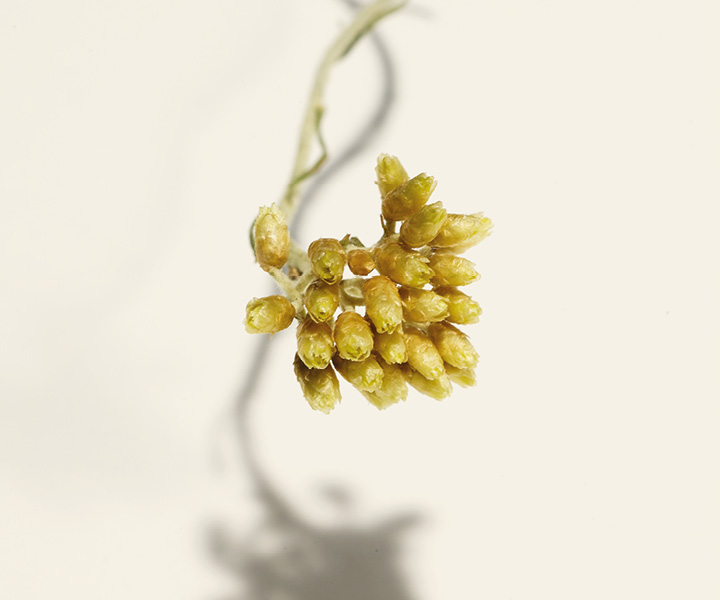


Helichrysum
Helicrisum Italicum
For centuries it has been considered a plant that provides great benefits, also pointed out by Pliny (1st century AD) in his masterpiece Naturalis Historia. The name of the plant derives from the Greek helios (sun) and chrysos (gold) and refers to the yellow colour of its flowers, small heads clustered into corymb inflorescences. Helichrysum is also known as “Immortelle” or “Everlasting” because the scaly and coriaceous bracts surrounding its flowers allow them to last longer. In cosmetics, the plant’s flowering tops are used for their skin-purifying, astringent and refreshing properties. Helichrysum also provides soothing activity, useful for calming delicate and reddened skin.
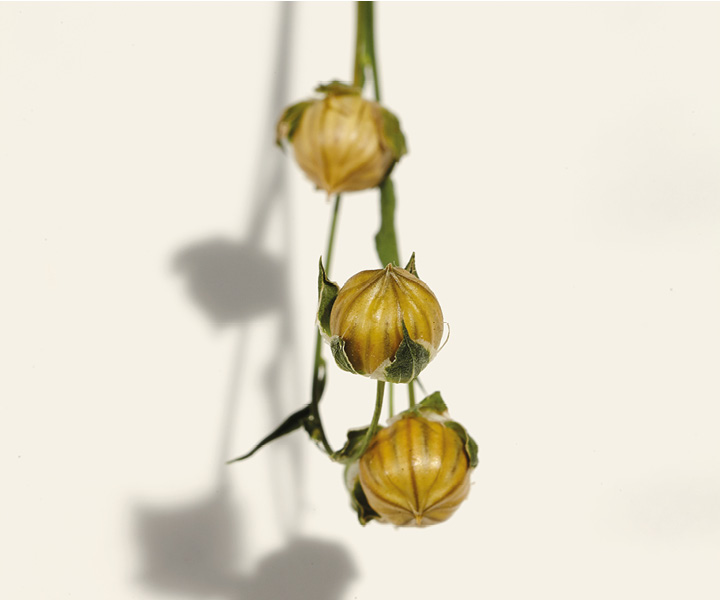


Flax
Linum Usitatissimum
Cultivated as far back as the prehistoric period both for its fibres and edible seeds (linseeds), this herbaceous plant produces light blue flowers between May and August. Linseeds and the oil extracted from them are the parts of the plant used in cosmetics. Very rich in mucilages and polyunsaturated fatty acids, flax provides effective emollient and protective activity. Linseeds contain substances that strengthen the hair fibre, add protection and softness to the entire hair shaft and also make hair more lustrous.



Dyer's Chamomile
Anthemiys Tinctoria
From the Greek word anthemis, small flower, it is one of the varieties of chamomile. Between June and August, the flower heads of the plant are harvested and used. In cosmetics, the pulverised flowers are mixed with warm water to create a paste that can be applied on light hair to revive its tone. This member of the Compositae family is an important source of flavonoid substances, which provide antioxidant activities.


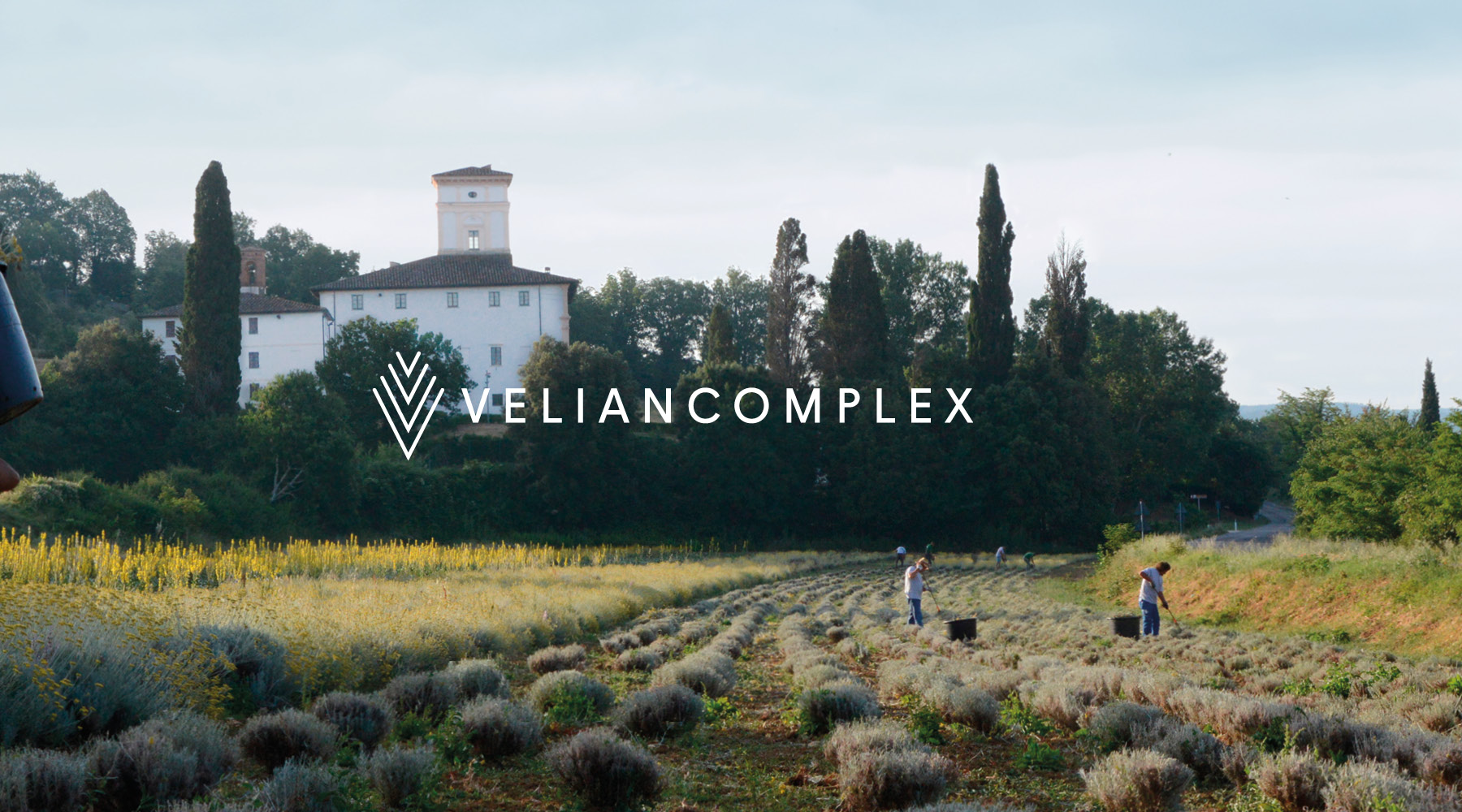

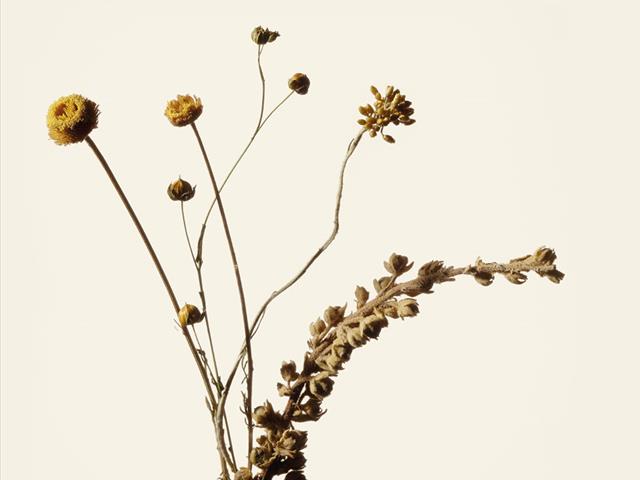
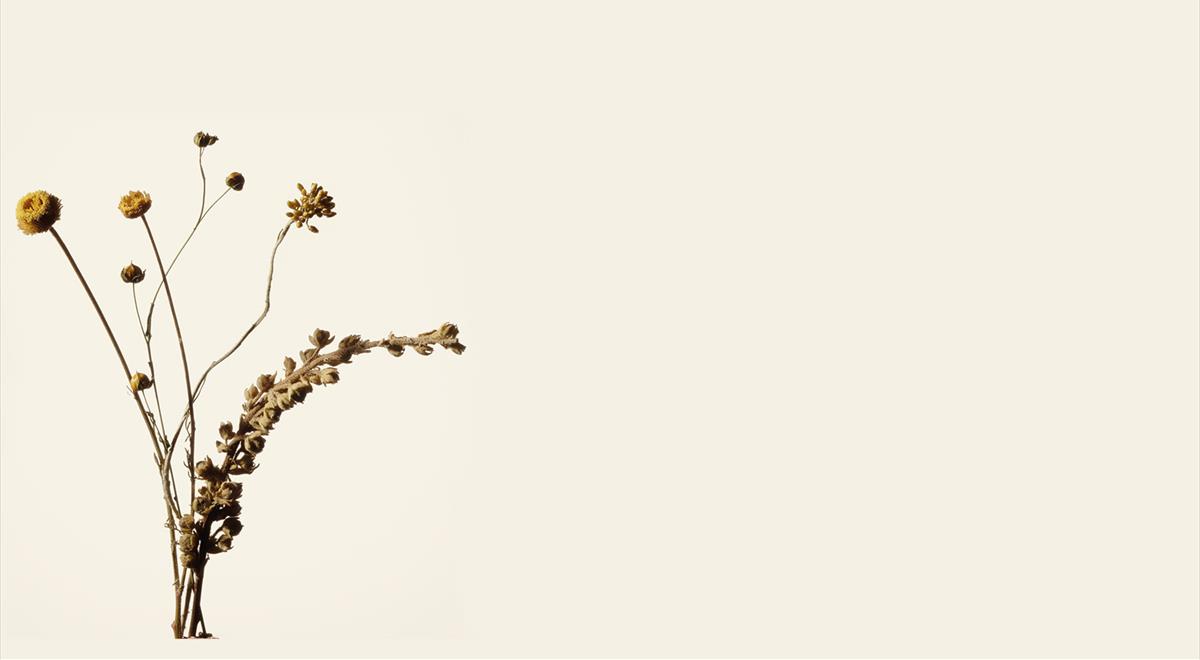
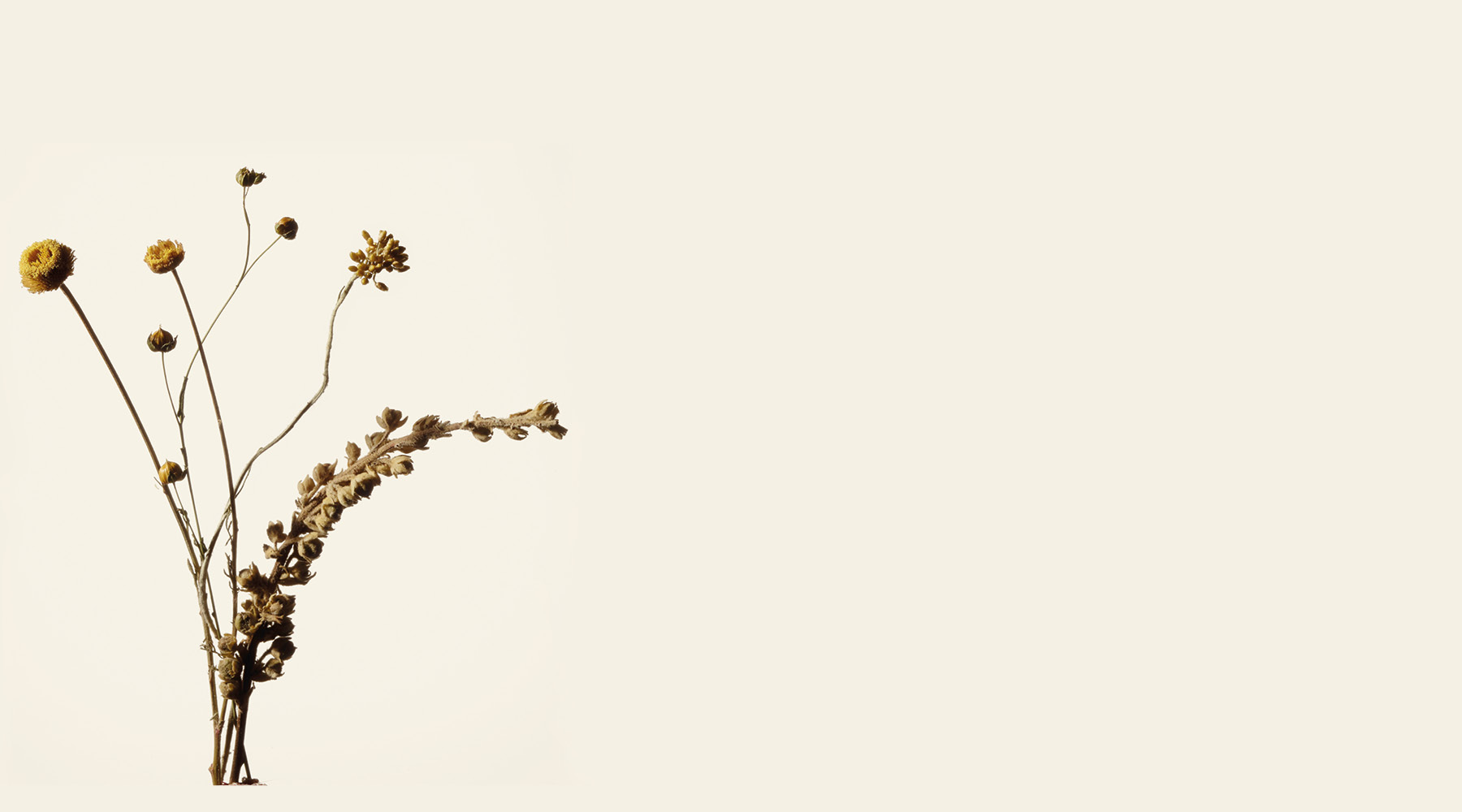
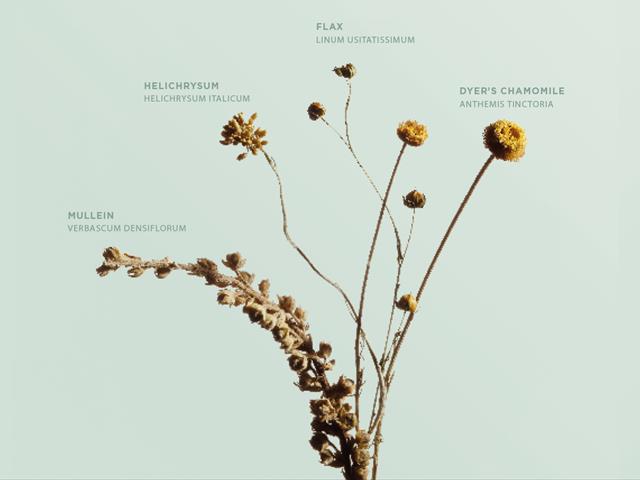
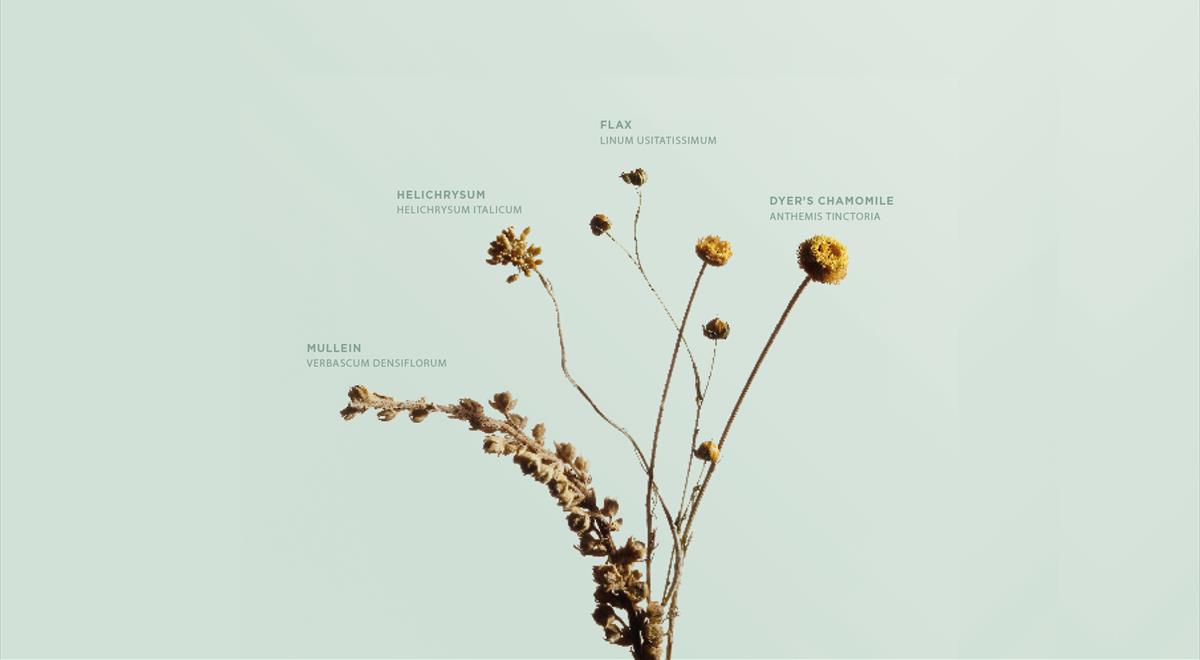
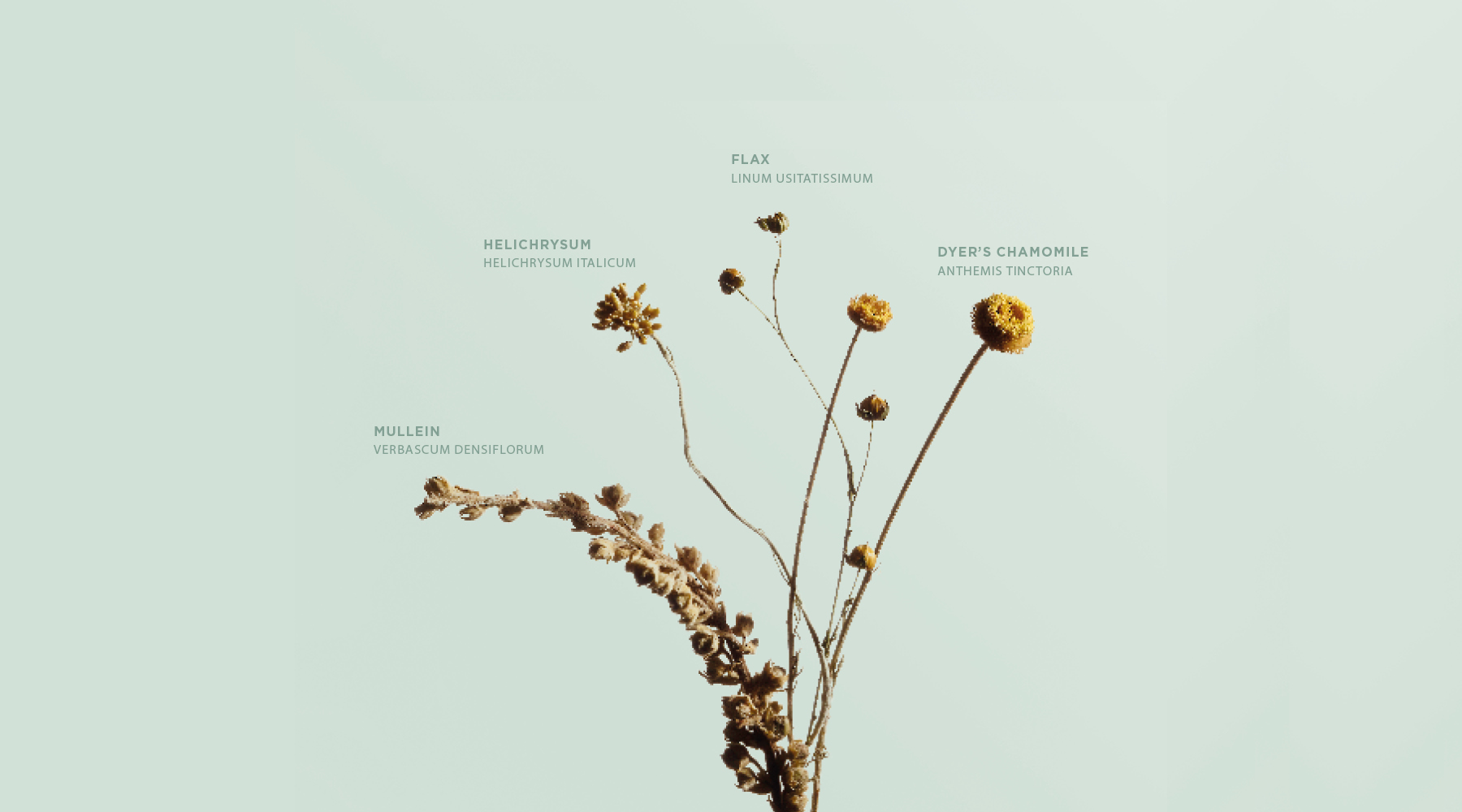

 Websolute
Websolute